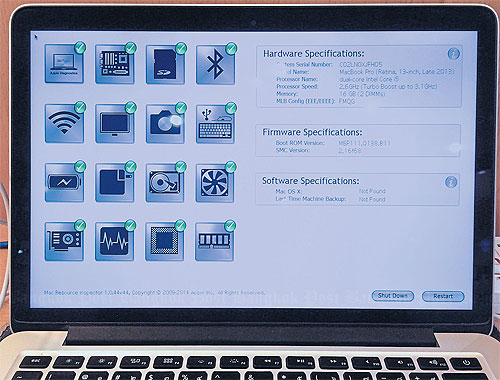
If not, use a lint-free cloth moistened with water to clean it. While using these keyboard keys may be time consuming, they thankfully enable some of the tips in our article without the need for an external mouse.įirst of all, check to see if your trackpad is clean.

7 – up left 8 – up 9 – up to the right.The next keys correspond to the following functions: In the next moment, you will be able to use the keyboard to navigate your mouse pointer. In the window that appears, use the Tab key to navigate the window menu and select Enable Mouse Keys by pressing the Spacebar. If you use your MacBook with the Touch bar, triple-press the Touch ID button to open the Accessibility Options. For this, open the Accessibility Options by simultaneously pressing the Command+Option+F5 keys. If you cannot use an external mouse, you can use the keyboard keys to move your MacBook pointer. The first thing we advise is to plug in an external mouse, as it will be easier to troubleshoot. While software troubleshooting will cost you nothing, the hardware repair costs may vary. If your MacBook trackpad is not working, there are generally two reasons why:

What to do when the trackpad on a MacBook stops working In this post, we will highlight possible reasons why the trackpad is not working and suggest solutions for each scenario. However, you may experience MacBook trackpad issues, such as when it does not click or respond. You can use the Mac trackpad gestures to click, tap, swipe, slide, open Notification Center, and more. The trackpad on a MacBook is basically an internal mouse with extended functions.


 0 kommentar(er)
0 kommentar(er)
